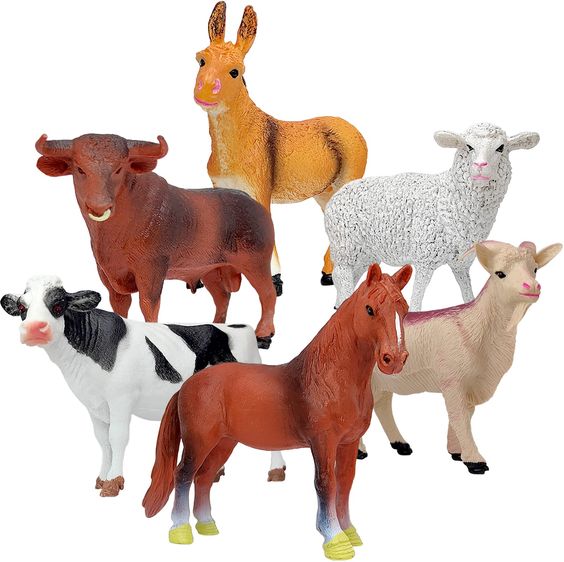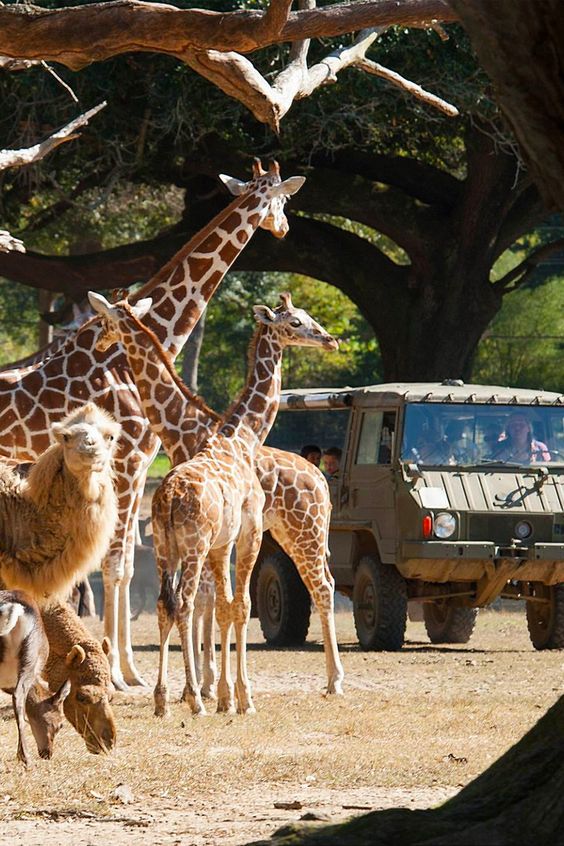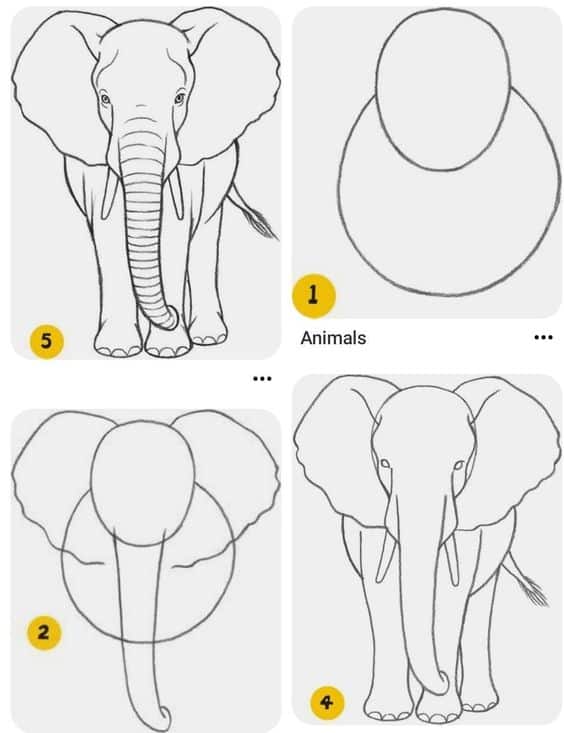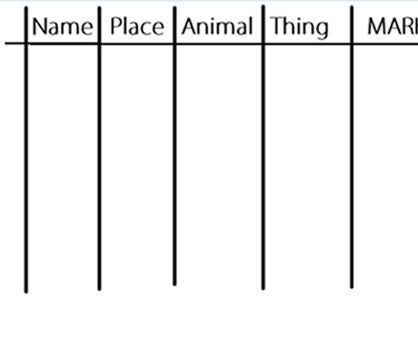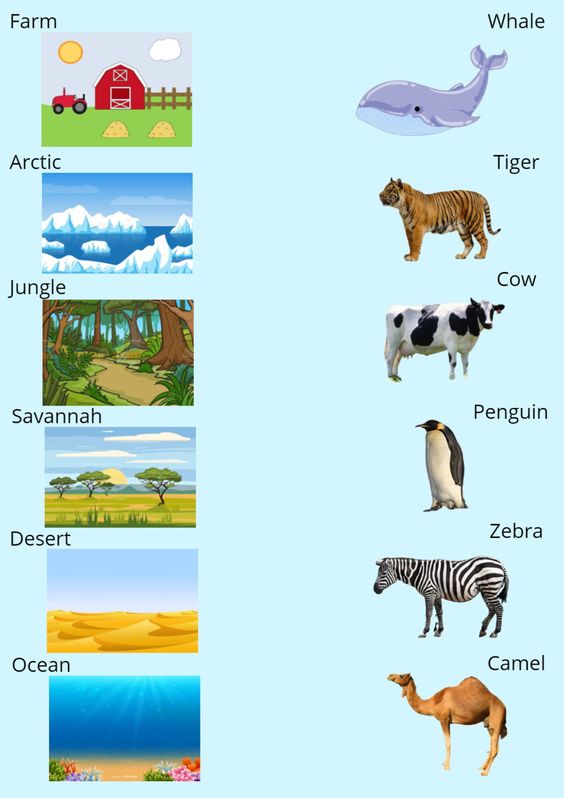Would you love learning habitats for animals in fun and engaging ways? Well then, we have got you sorted on this.
If you tell your kids that rabbits live in caves, lions stay in their dens, and giraffes roam in wild grassland areas, you may not remember the stuff.
Therefore, you must engage them in kid-friendly activities while describing animals’ various habitats.
As we all know, kids learn through practical demonstration of activities instead of theoretical learning.
Let us look at the top 10 fun and interactive ways your kids can learn stuff.
1. Explore Shoe Boxes that Turn Habitats for Animals
Do you have shoe boxes that are lying idle at home? Well, they may be accumulating dust and grime all day. Why don’t you put these shoe boxes to good use?
Rip open your shoe boxes and fill them with artificial grasslands. Now, you can take many plastic animals in your makeshift forest areas.
Ask your kids to name animals that only eat grass. Your kids will name herbivores; you have imparted knowledge to them using this super-fun technique.
2. Enacting Jokes
As a parent, just getting a game sorted alone cannot raise the enthusiasm or joy your child needs concerning learning something new.
It would help if you spent that undivided time and attention while you would want to impart knowledge to your children. That being said, this is an activity for parents.
Do monkeys live in trees? Take a joke book and start enacting ‘monkey jokes for kids.’ This way, you can reiterate the habitat in which monkeys live.
Try enacting as many jokes as possible by associating monkeys with trees, bananas, and antics the fun animals do. Here, you help your kids learn in an interactive atmosphere.
3. Unveiling Exciting Games for Children
You can recreate exciting games for children in a manner that will never cause them to become bored with learning new and creative stuff out there. Take 4-5 boxes and write down the names of habitats for different animals.
Taking a few images of animals while mimicking their plastic caricatures can also help your child learn. Now, ask your child to place the animal into the habitat box.
4. Visit an Animal Sanctuary
Nothing can sharpen your child’s learning curve better than helping it through a visual demonstration. That being said, you can plan a visit to an animal theme park like, say, a Zoo or a wildlife sanctuary.
Here, you can show your kids how deer thrive in forest areas. You can show your kids how elephants drink water and visually demonstrate how lions leap through to catch their prey.
You can show your kids how rabbits munch on their carrots in a zoo. This way, you help them learn about animals’ habitats better.
5. Introduce Your Kids to Interesting Documentaries
Sometimes, it may not be possible for you to go inside deep oceans or densely forested regions. Help your kids watch documentaries aired via The National Geographic channel.
Again, when your children look through a visual medium of representation of how those dolphins or fishes hunt for their prey inside waters, things register in their minds sharper and better.
6. Flipping Through Magazines
Allow your kids to flip through magazines and ask them to name some of the interesting animals they had come across while they were flipping through the pages of a magazine.
Choosing an animal-specific magazine will help you locate more feature articles about animals and the respective habitats they stay in.
Ask your kids to name these animals Vs their habitats by closing the magazine cover. You can test their retention power this way and help them learn something creative.
7. Draw Out a Picture of An Animal
Ask your child which kind of animals only eat grass and live in wildlife forests. If it answers ‘Elephant,’ ask him or her to caricature the picture of an elephant.
To make the theme even more interesting, ask your child to draw a picture of an elephant and its calf playing over a pond of water or mud.
You can replicate a similar atmosphere at home, making learning much more fun!
8. Name-Place-Animal-Thing
Have you ever played the name-place-animal-thing game? Well, this was everyone’s all-time favorite game during childhood.
You have a group of 10 kids, and one participant becomes the denner. Ask him to start reciting A to Zee. At some point in time, he/she stops.
Now, ask the denner what the alphabet he/she stopped in. Other participants will name a country, thing, and animal with the starting letter of that particular alphabet.
While kids recite animals’ names, ask them to name the corresponding animal’s habitat. You have allowed your children to learn something new with simple modifications to the original game.
9. Create Fun Puzzles Using ‘match the Following’
You can create innovative puzzle cards using fun theme printables. In the first column, you have the habitats of animals, and in the corresponding next column, you have the names of animals put up there.
The kid will have to match the names of habitats with corresponding animals, and you can supervise to watch how fun the game is.
Make lemonades and crispy cookies and serve your kids once they have all their answers.
10. Where Do I Live?
You can invoke the curiosity of children through this fun and interactive game. Take playing cards with animals on them. Now, ask your child to pick one of them. Suppose your girl has chosen ‘Tiger’; ask her
‘Where does the tiger live?’ Record her answers on a video cam, and you can repeat the process to help your child learn the habitats of various other animals.
Conclusion
These are the top 10 creative ways to impart learning to your children. At the same time, you add to the fun and interaction so that your kids do not feel bored or have a mundane attitude toward learning something new.
As a parent, you must look for innovative ways of making your kids learn stuff. It can be crosswords, hangman puzzles, or even mountain climbing expeditions.
This way, you can add to the all-rounded development of your children or your students in the classroom.



